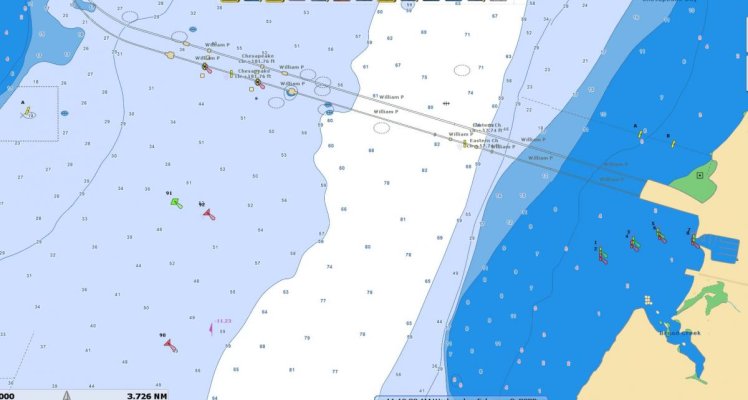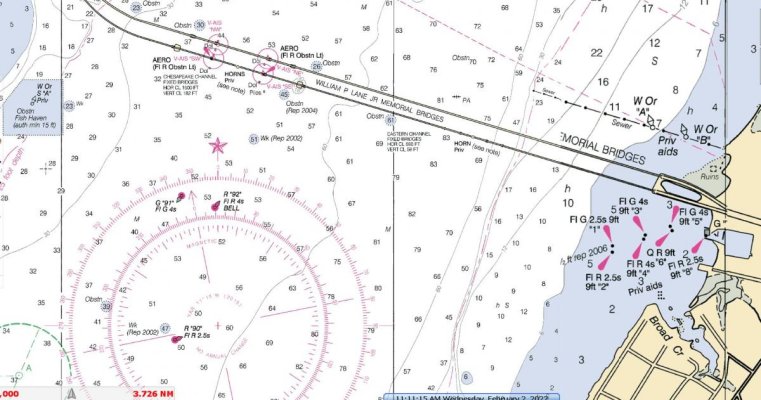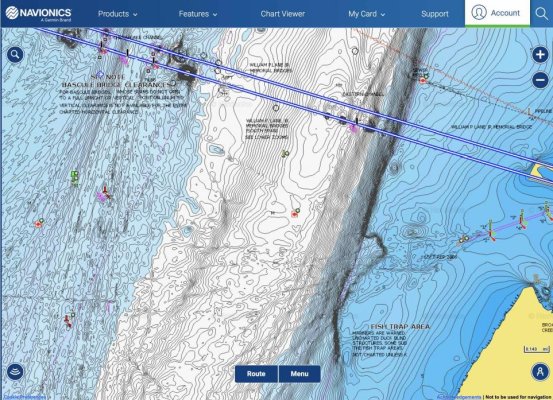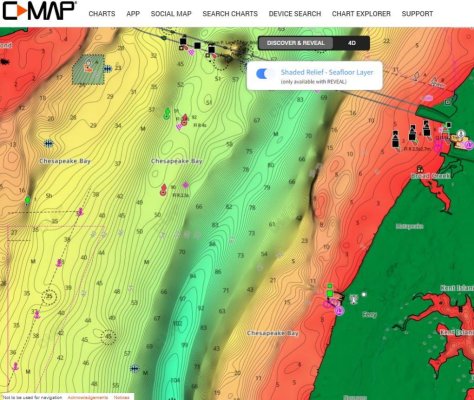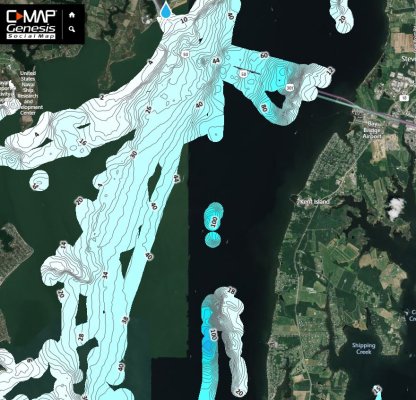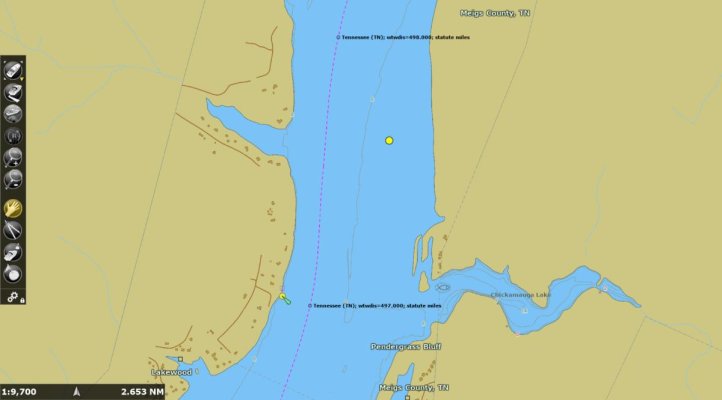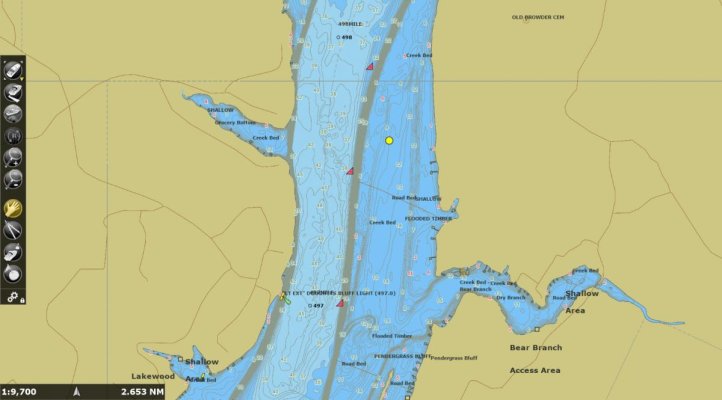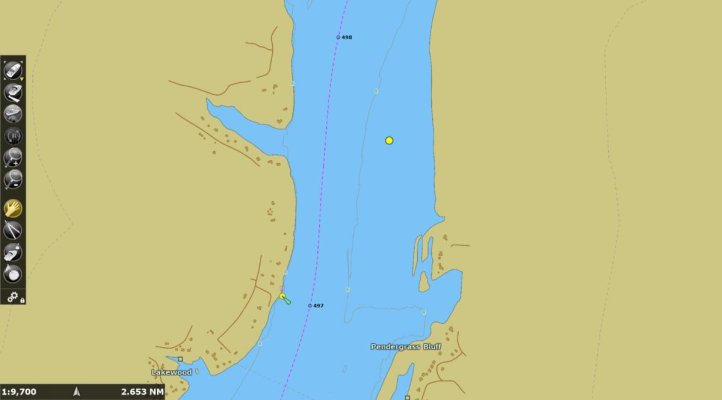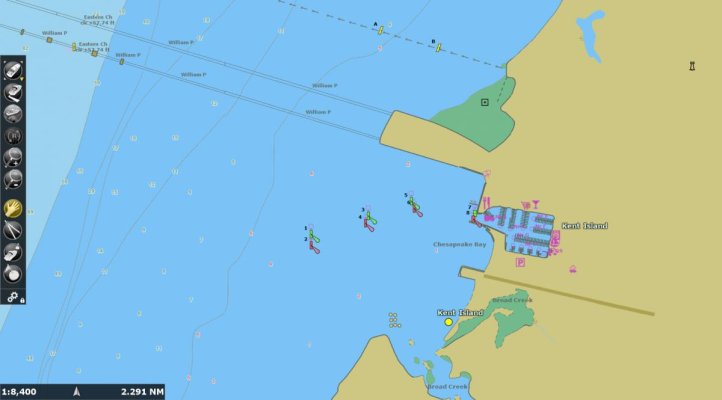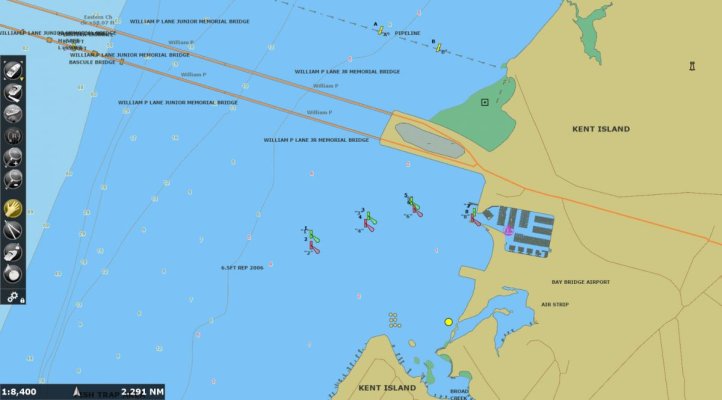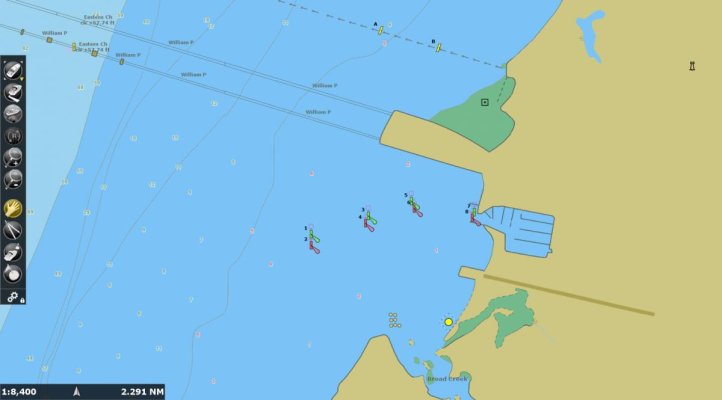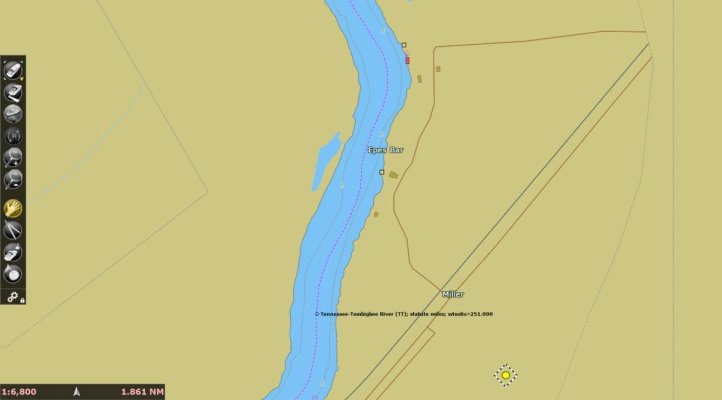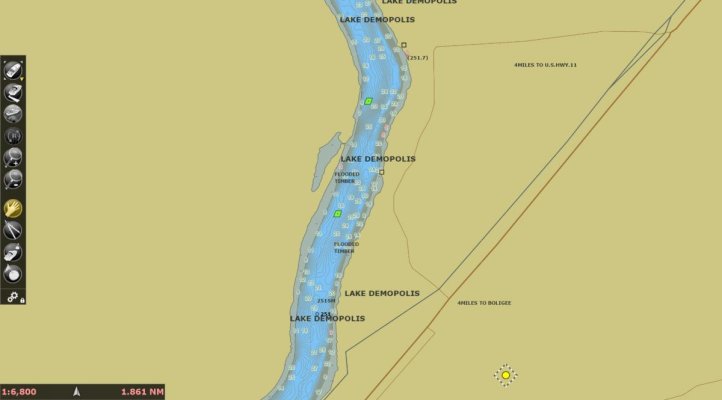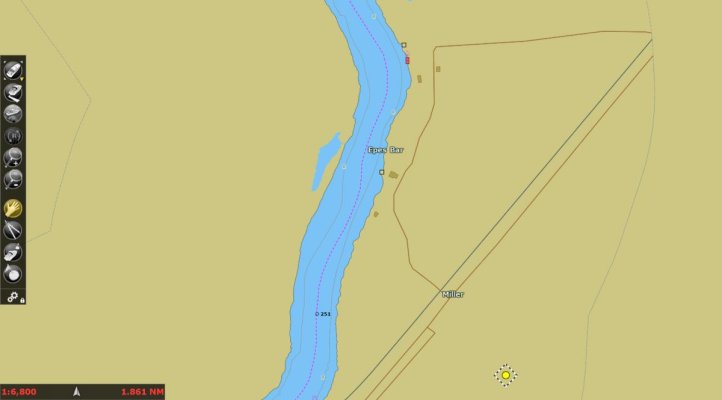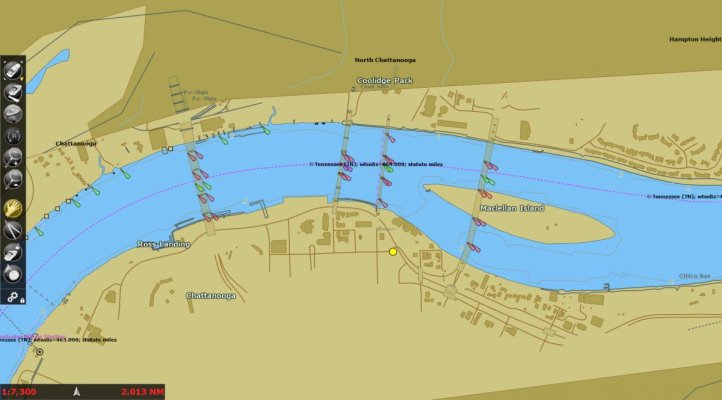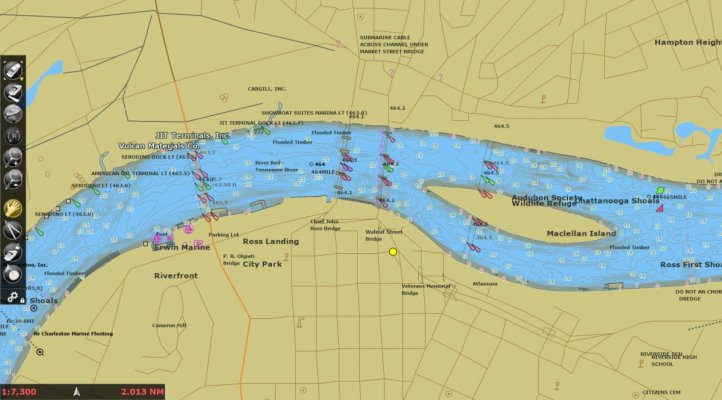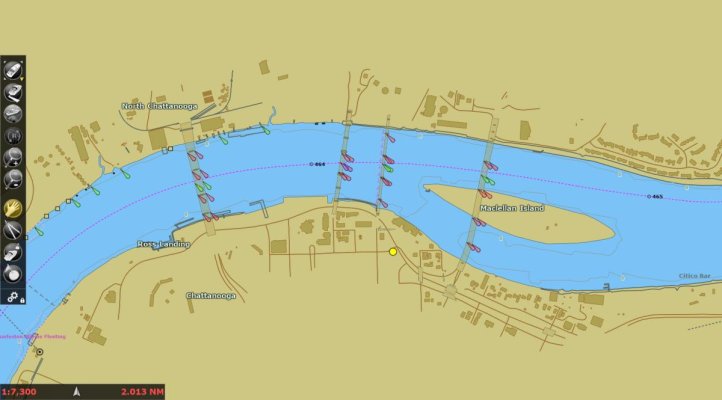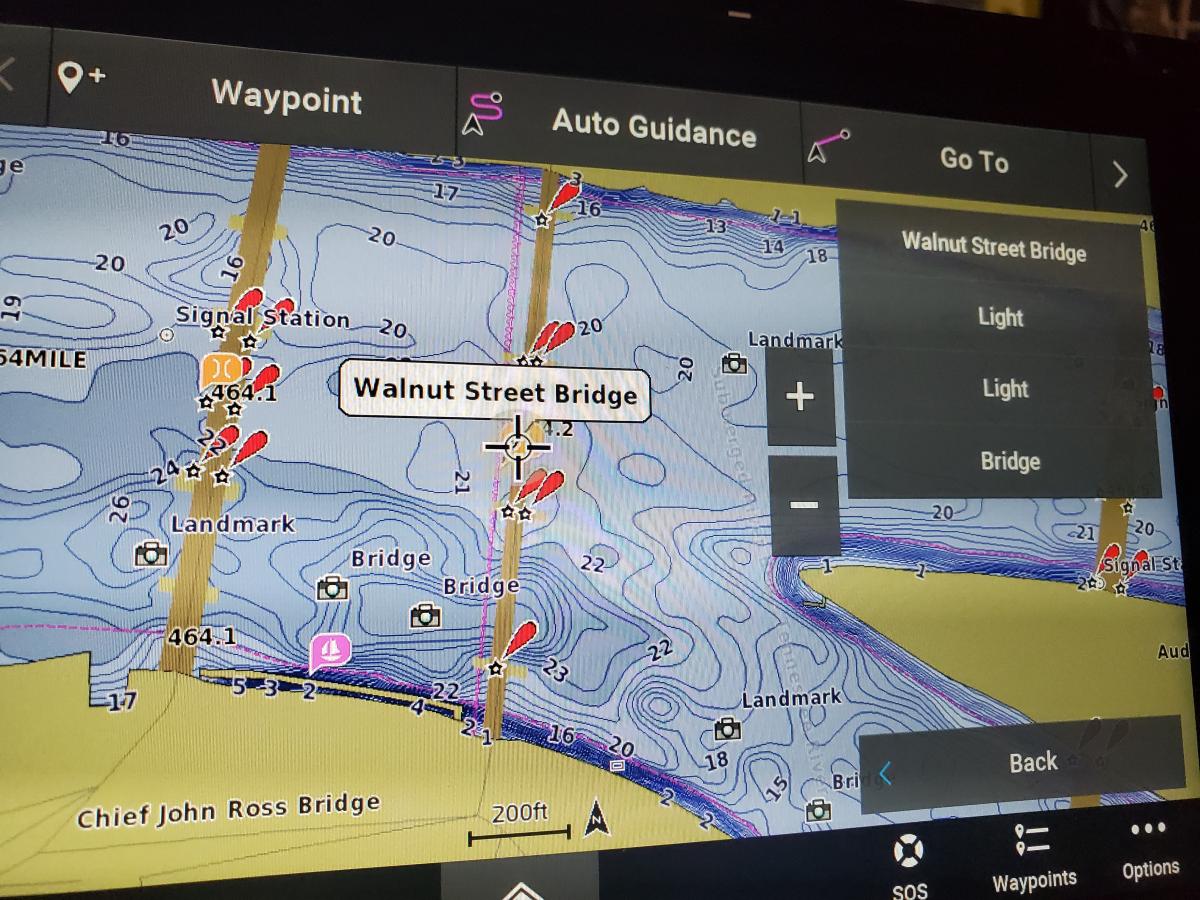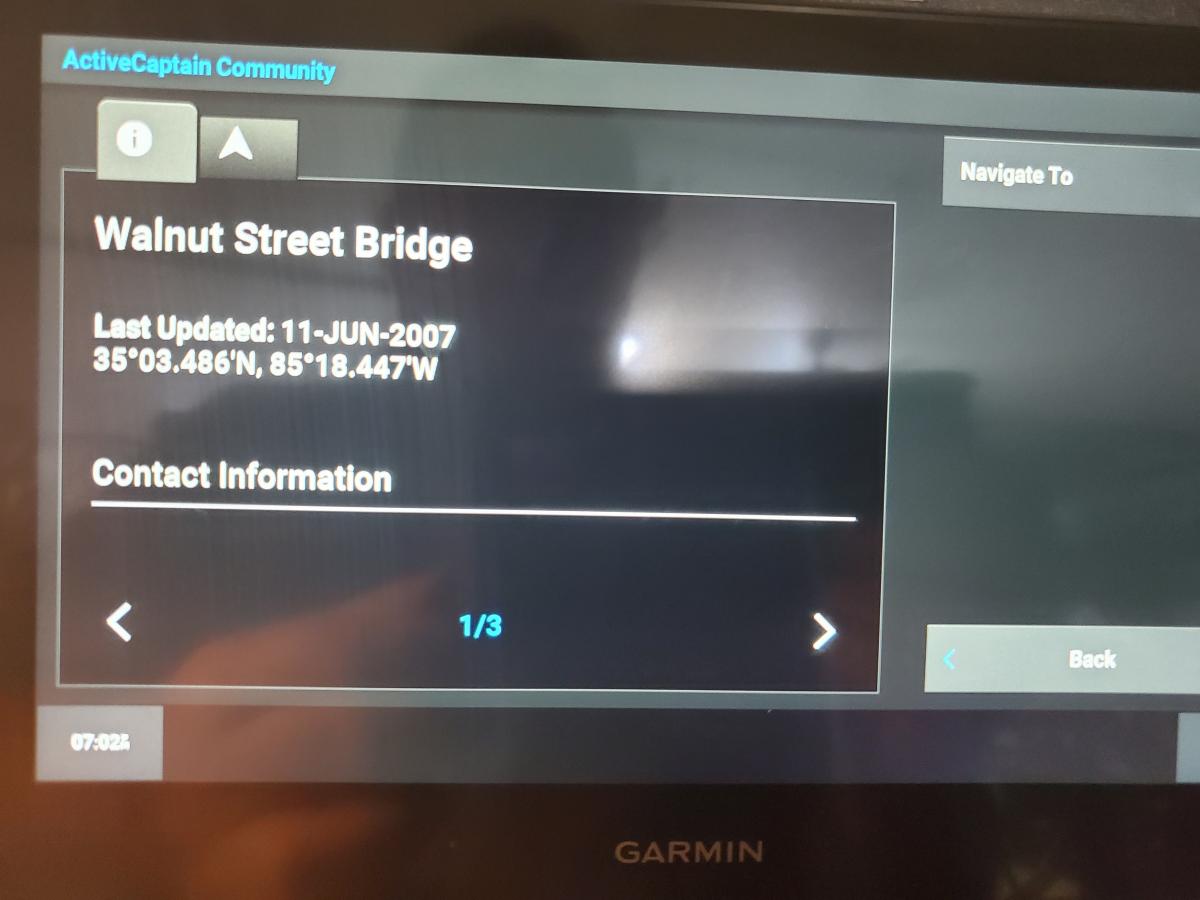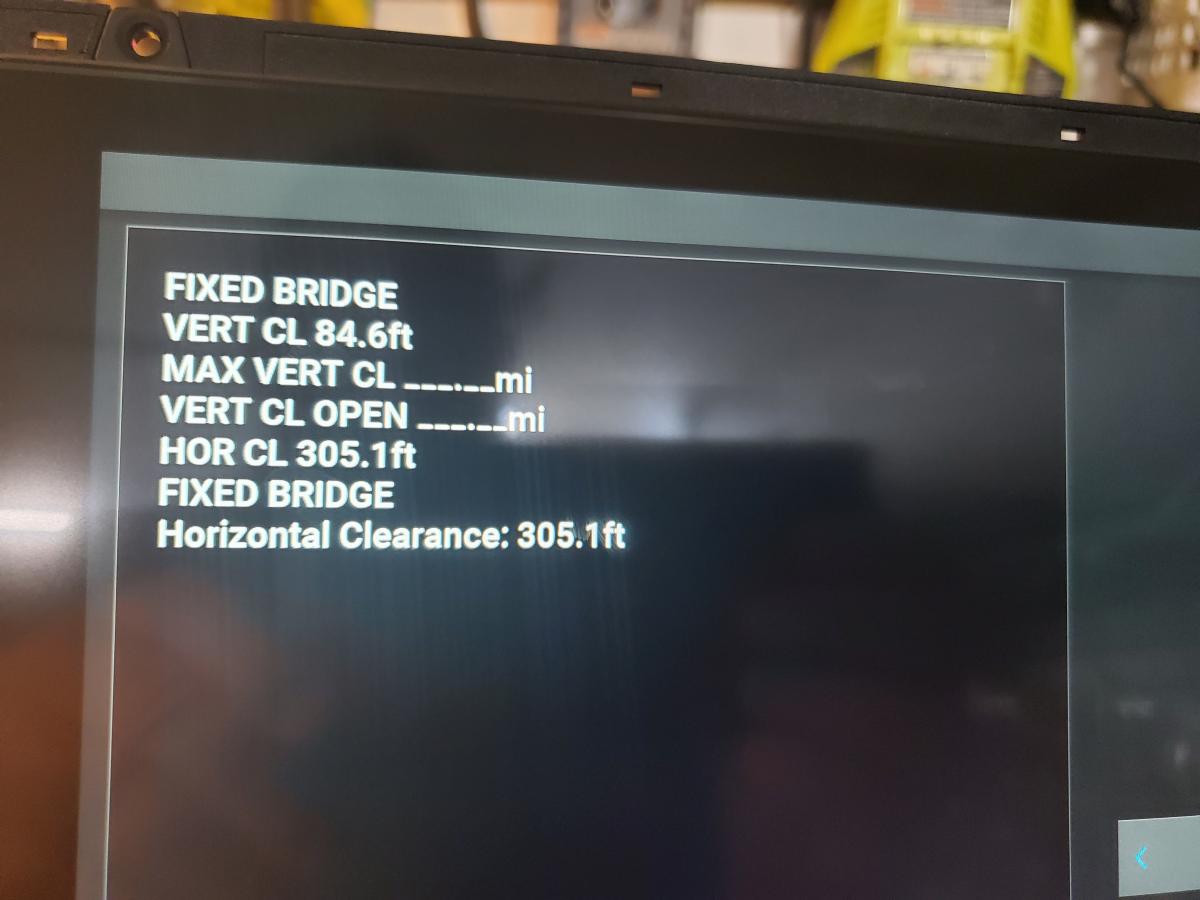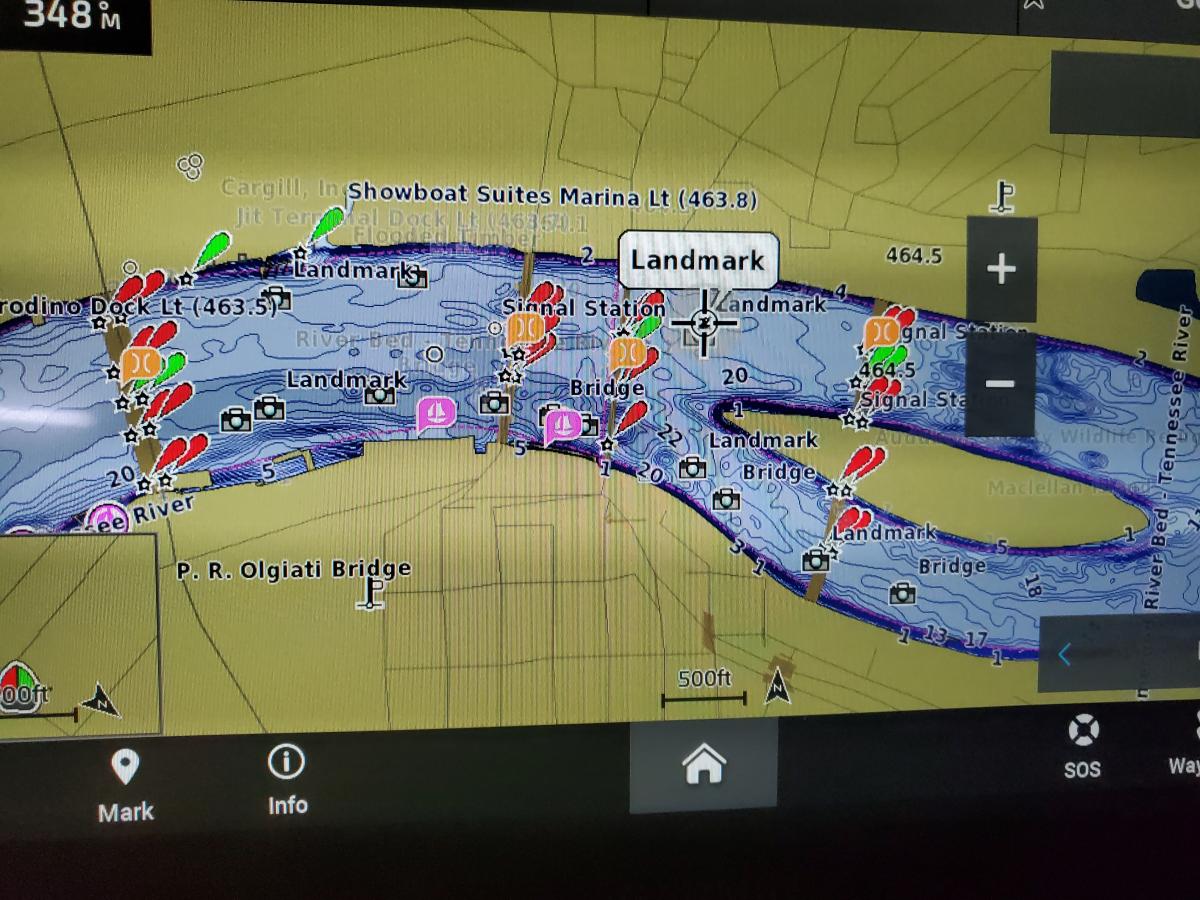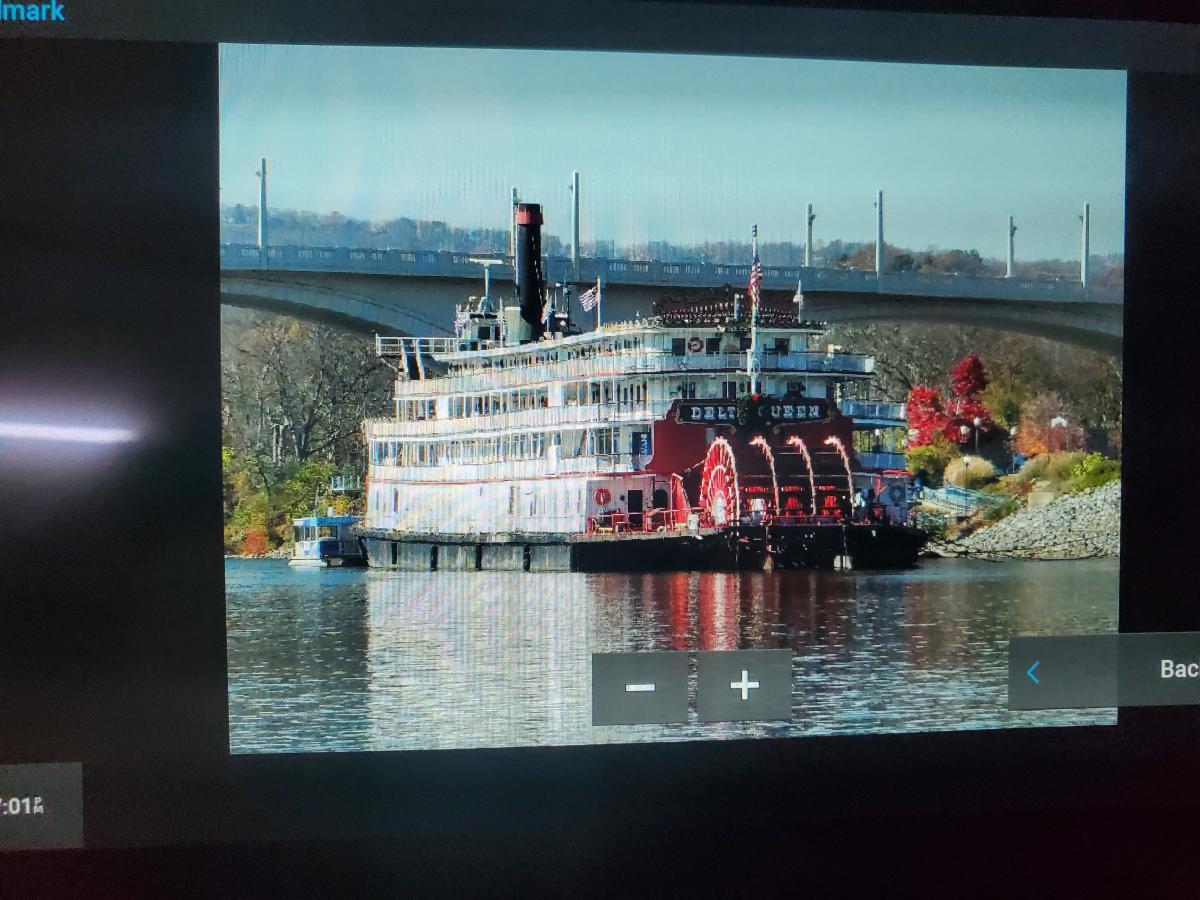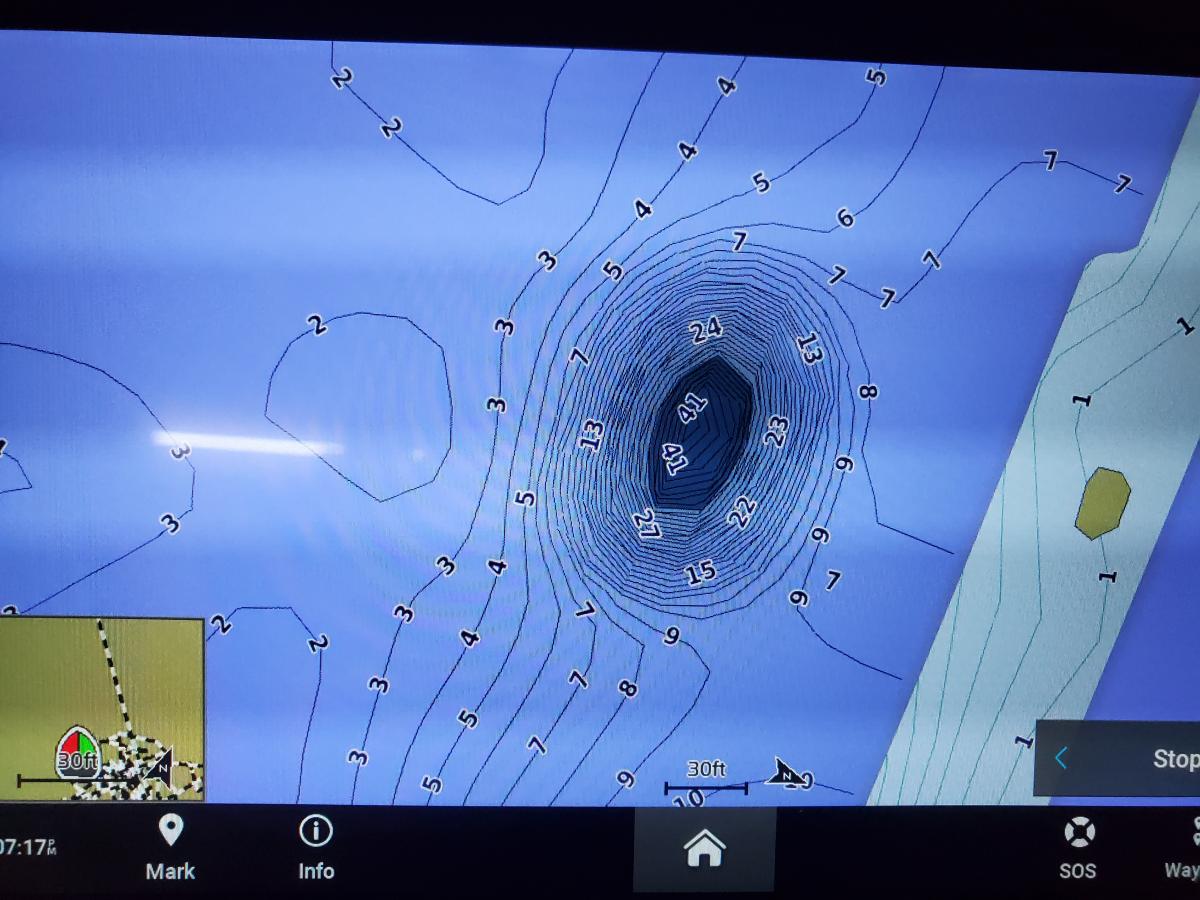FWT
Guru
- Joined
- Dec 10, 2020
- Messages
- 1,600
- Vessel Name
- Resilient
- Vessel Make
- Helmsman Trawlers 38E
I am using the crowd sourced term, though Navionics may call it something different. I had Navionics, and the feature to upload data is something you can turn on and off, if I remember correctly. The way I think about it, transducers send out impulses rapidly, they are then rapidly received and sent to the MFD, smoothed for display, and filed with location info, from all source input to the MFD, creating a massive amount of data. That data is transmitted when the boat is connected to the internet or via chips. However, massive data isn’t isn’t a big deal anymore in the data and connected world. That information is collected, probably anonymized, compared to previous readings for the location already received, outliers thrown out, averaged in, and added to the charts.
I think what we are both saying, is that it all depends on how the solution is implemented. You describe a clean and easy Garmin / Navionics solution. I described a rather cumbersome and messy Simrad / C-Map solution. Time will tell how Furuno will handle it.

